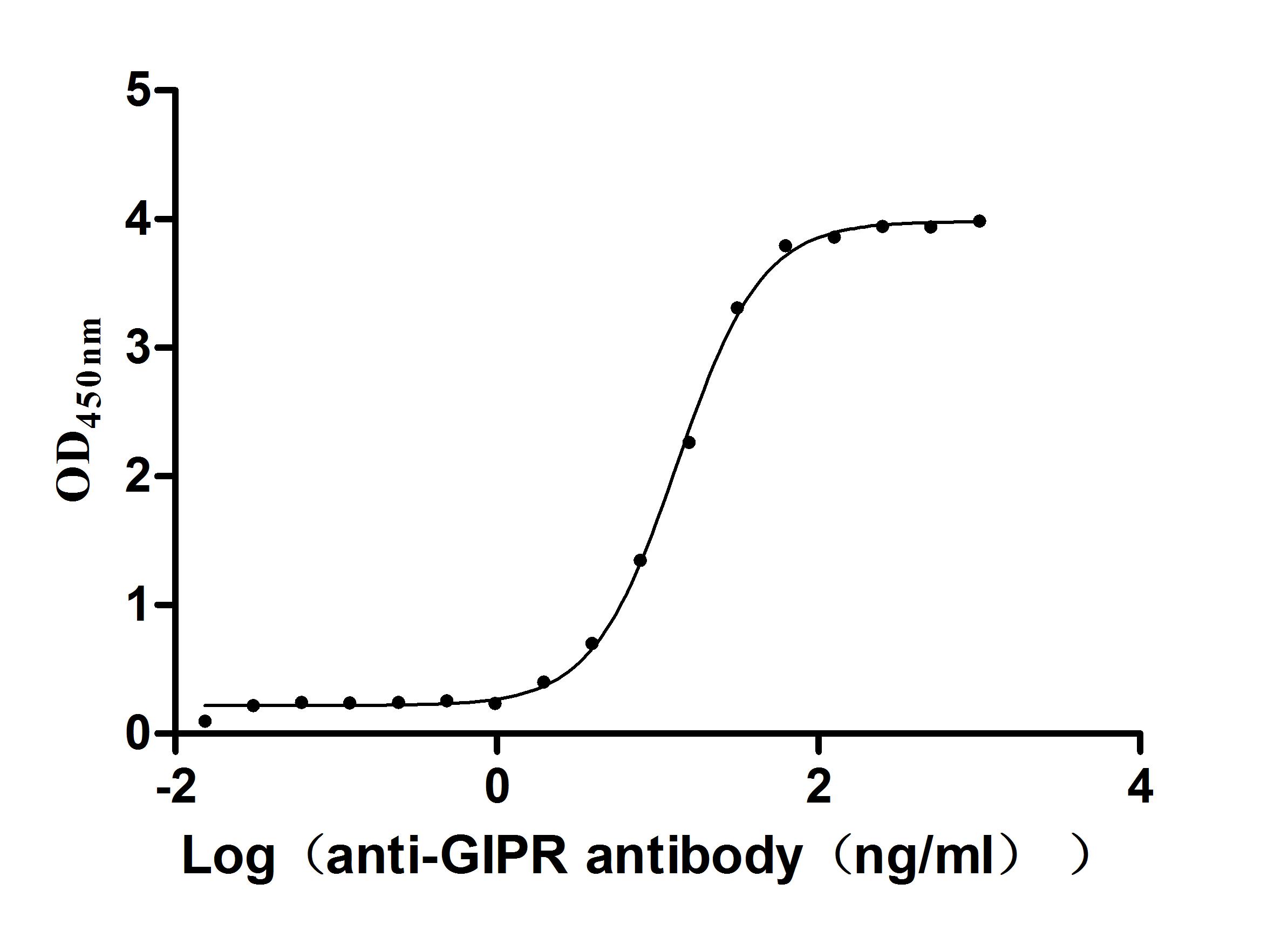Recombinant Human DNA damage-regulated autophagy modulator protein 2 (DRAM2)
-
货号:CSB-CF754411HU
-
规格:
-
来源:in vitro E.coli expression system
-
其他:
产品详情
-
基因名:DRAM2
-
Uniprot No.:
-
别名:DRAM2; TMEM77; PSEC0031; UNQ154/PRO180; DNA damage-regulated autophagy modulator protein 2; Transmembrane protein 77
-
种属:Homo sapiens (Human)
-
蛋白长度:full length protein
-
表达区域:1-266
-
氨基酸序列MWWFQQGLSFLPSALVIWTSAAFIFSYITAVTLHHIDPALPYISDTGTVAPEKCLFGAML NIAAVLCIATIYVRYKQVHALSPEENVIIKLNKAGLVLGILSCLGLSIVANFQKTTLFAA HVSGAVLTFGMGSLYMFVQTILSYQMQPKIHGKQVFWIRLLLVIWCGVSALSMLTCSSVL HSGNFGTDLEQKLHWNPEDKGYVLHMITTAAEWSMSFSFFGFFLTYIRDFQKISLRVEAN LHGLTLYDTAPCPINNERTRLLSRDI
Note: The complete sequence including tag sequence, target protein sequence and linker sequence could be provided upon request. -
蛋白标签:N-terminal 10xHis-tagged
-
产品提供形式:Liquid or Lyophilized powder
Note: We will preferentially ship the format that we have in stock, however, if you have any special requirement for the format, please remark your requirement when placing the order, we will prepare according to your demand. -
缓冲液:Lyophilized from Tris/PBS-based buffer, 6% Trehalose, pH 8.0
-
储存条件:Store at -20°C/-80°C upon receipt, aliquoting is necessary for mutiple use. Avoid repeated freeze-thaw cycles.
-
保质期:The shelf life is related to many factors, storage state, buffer ingredients, storage temperature and the stability of the protein itself.
Generally, the shelf life of liquid form is 6 months at -20°C/-80°C. The shelf life of lyophilized form is 12 months at -20°C/-80°C. -
货期:Basically, we can dispatch the products out in 1-3 working days after receiving your orders. Delivery time may differ from different purchasing way or location, please kindly consult your local distributors for specific delivery time.Note: All of our proteins are default shipped with normal blue ice packs, if you request to ship with dry ice, please communicate with us in advance and extra fees will be charged.
-
注意事项:Repeated freezing and thawing is not recommended. Store working aliquots at 4°C for up to one week.
-
Datasheet & COA:Please contact us to get it.
相关产品
靶点详情
-
功能:Plays a role in the initiation of autophagy. In the retina, might be involved in the process of photoreceptor cells renewal and recycling to preserve visual function. Induces apoptotic cell death when coexpressed with DRAM1.
-
基因功能参考文献:
- Mycobacterium tuberculosis significantly induces the expression of MIR144*/hsa-miR-144-5p, which targets the 3'-untranslated region of DRAM2. PMID: 27764573
- Genetic variants on chromosome 1p13.3 near the damage-regulated autophagy modulator 2 gene DRAM2 associated with Non-ST Elevation Myocardial Infarction (rs656843; odds ratio 1.57, P = 3.11 x 10(-10)) in the case-control analysis. PMID: 26509668
- Recessive variants in DRAM2, an autophagy regulator gene, have been recently identified as a cause of retinal dystrophy with early macular involvement PMID: 26720460
- Biallelic mutations in the autophagy regulator DRAM2 cause retinal dystrophy with early macular involvement. PMID: 25983245
- The expression of damage-regulated autophagy modulator 2 (DRAM2) contributes to autophagy induction. PMID: 21584698
- reduced expression of DRAM2 may contribute to enhanced cell survival in tumor cells. PMID: 19895784
- DRAM2 is different from DRAM as it not induced by p53 or p73. DRAM2 is also a lysosomal protein, its overexpression does not modulate autophagy. PMID: 19556885
显示更多
收起更多
-
亚细胞定位:Lysosome membrane; Multi-pass membrane protein. Photoreceptor inner segment. Apical cell membrane.
-
蛋白家族:DRAM/TMEM150 family
-
组织特异性:Expression is down-regulated in ovarian tumors (at protein level). Widely expressed with highest levels in placenta and heart. Expressed in the retina. Not detected in brain or thymus.
-
数据库链接:
HGNC: 28769
OMIM: 613360
KEGG: hsa:128338
UniGene: Hs.485606
Most popular with customers
-
Recombinant Human SARS coronavirus Spike glycoprotein (S), partial (Active)
Express system: Mammalian cell
Species: Human SARS coronavirus (SARS-CoV) (Severe acute respiratory syndrome coronavirus)
-
Express system: Mammalian cell
Species: Homo sapiens (Human)
-
Recombinant Human Tumor necrosis factor receptor superfamily member 8 (TNFRSF8), partial (Active)
Express system: Mammalian cell
Species: Homo sapiens (Human)
-
Recombinant Human Leukemia inhibitory factor (LIF) (Active)
Express system: Mammalian cell
Species: Homo sapiens (Human)
-
Recombinant Human Claudin-18.2 (CLDN18.2)-VLPs (Active)
Express system: Mammalian cell
Species: Homo sapiens (Human)
-
Recombinant Human C5a anaphylatoxin chemotactic receptor 1 (C5AR1)-VLPs (Active)
Express system: Mammalian cell
Species: Homo sapiens (Human)
-
Recombinant Macaca Gastric inhibitory polypeptide receptor(GIPR), partial (Active)
Express system: yeast
Species: Macaca fascicularis (Crab-eating macaque) (Cynomolgus monkey)


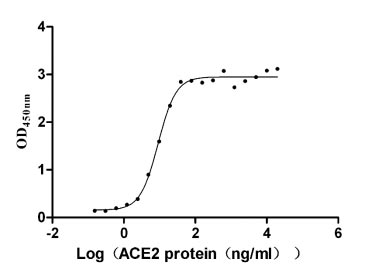
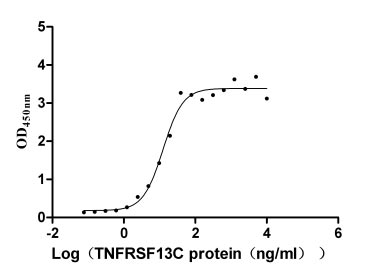
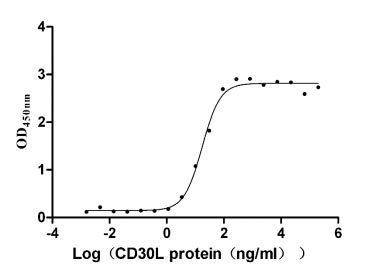
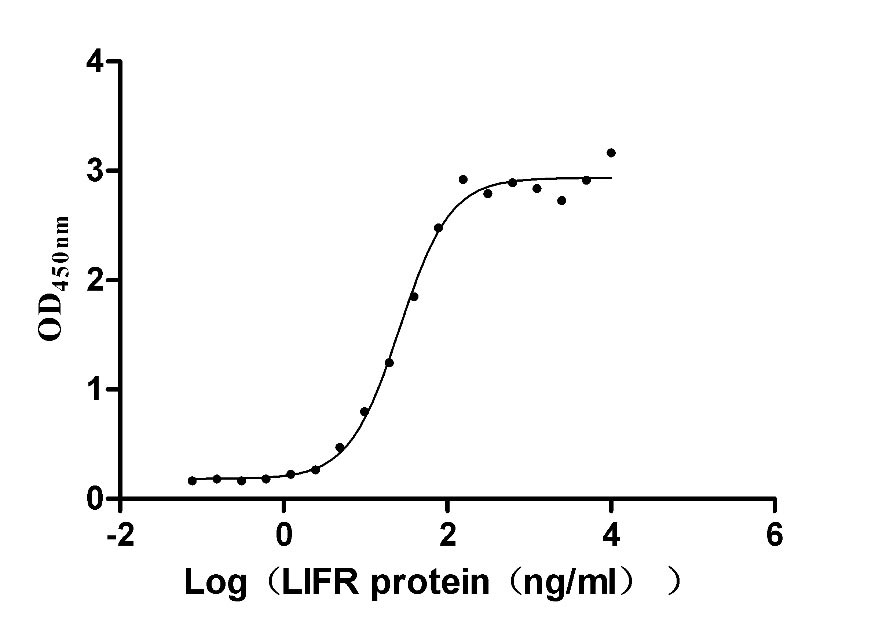
-AC1.jpg)

